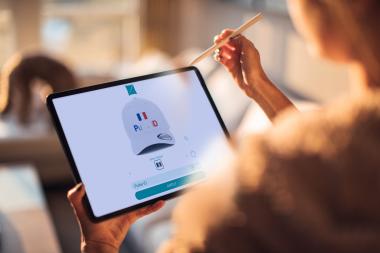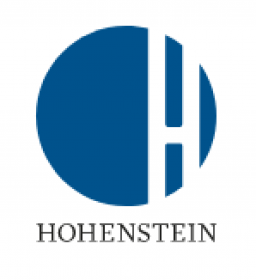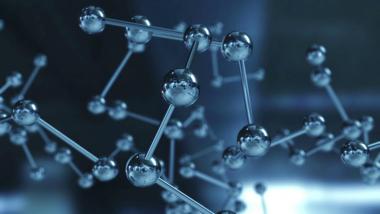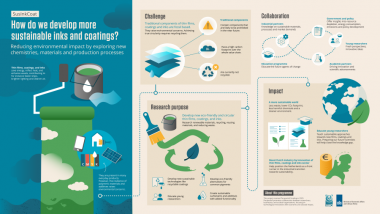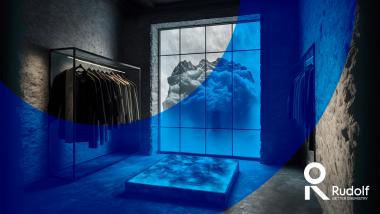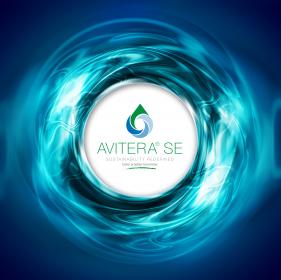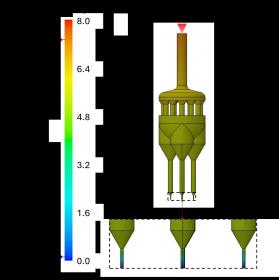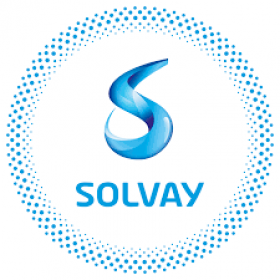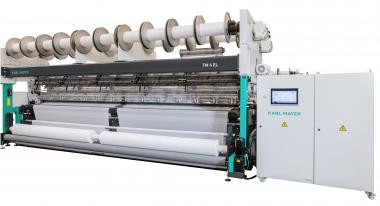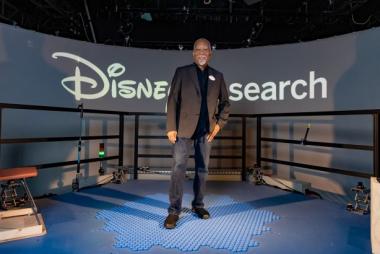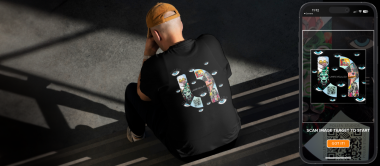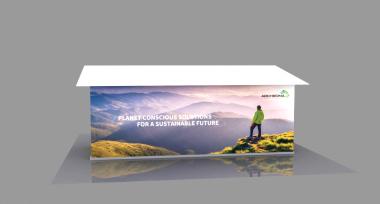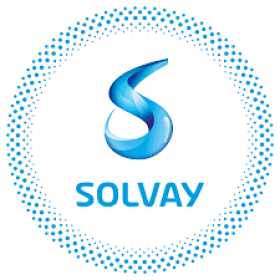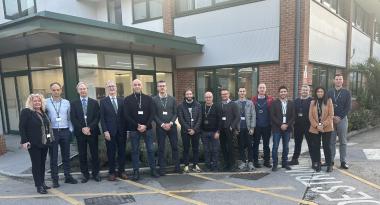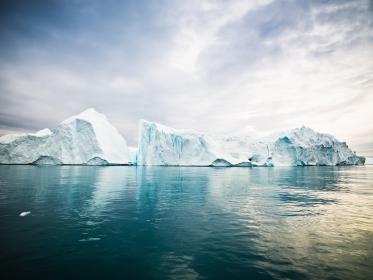Coloreel and Tajima Software Solutions: Personalization software for embroidery designs
Tajima Software Solutions and Coloreel launch a software for the personalization of embroidery designs. Designed to cater to both in-store and online shopping experiences, the new software Pulse ID allows users to customize their embroidery. It offers the flexibility to edit text, add effects, and colors.
This collaboration marks a full integration of the Coloreel technology with Pulse ID and Tajima's embroidery machines. The result is a seamless and efficient solution, ideal for in-store embroidery services or for enhancing the offerings of online shops.
Coloreel Tajima Software Solutions embroidery thread Design Software Online retail Retail
Coloreel


